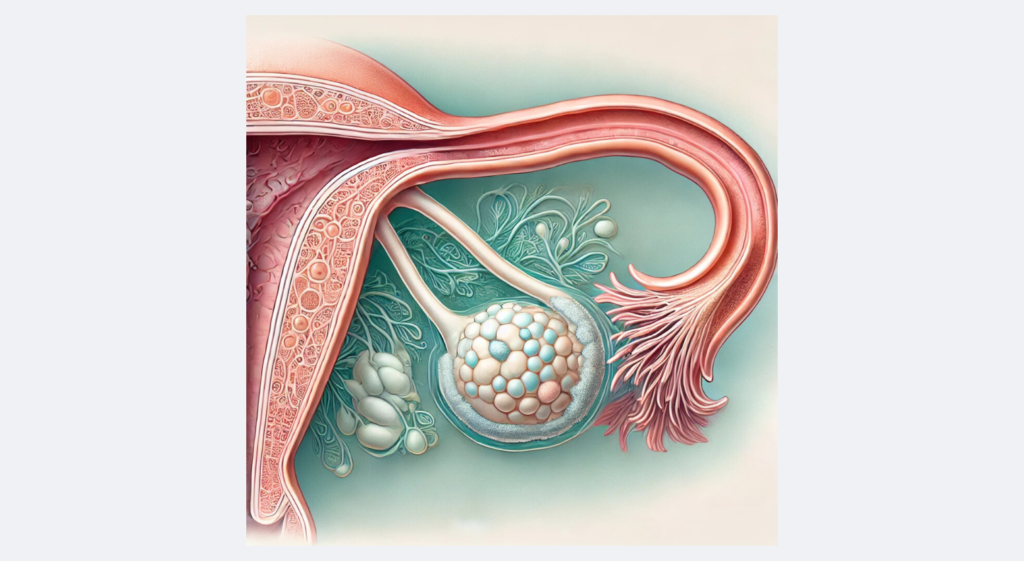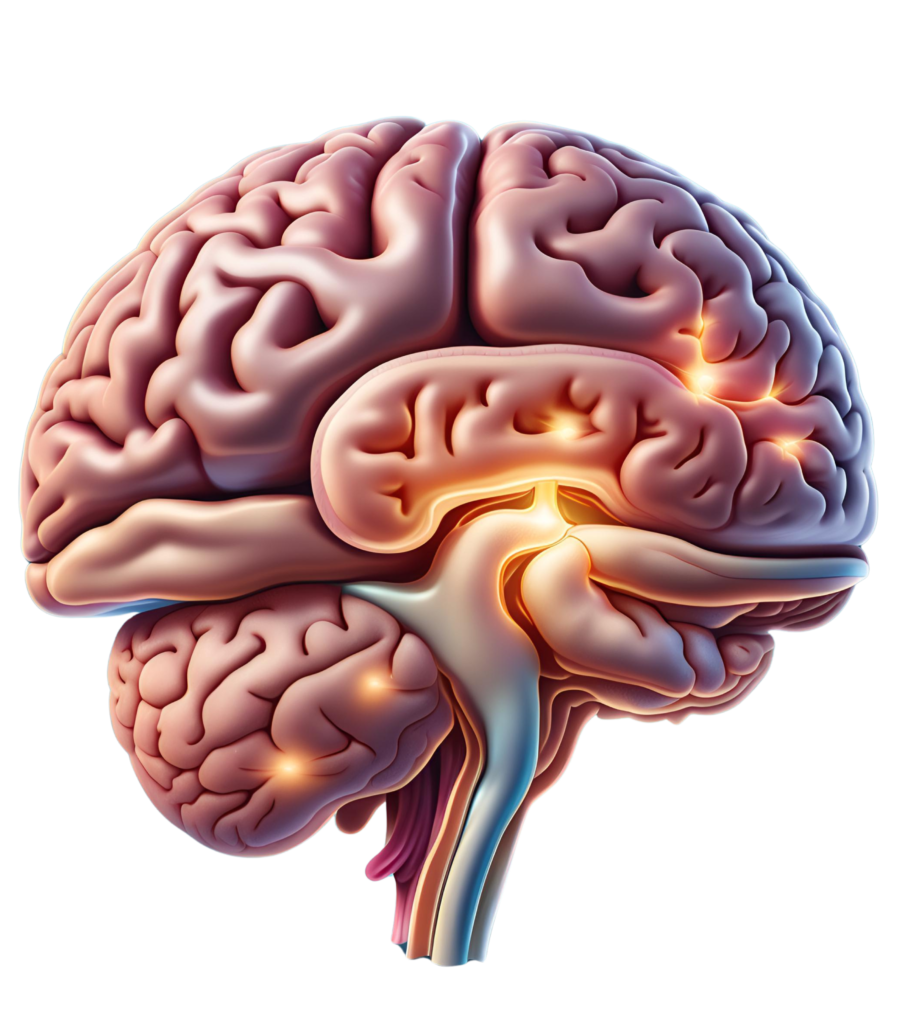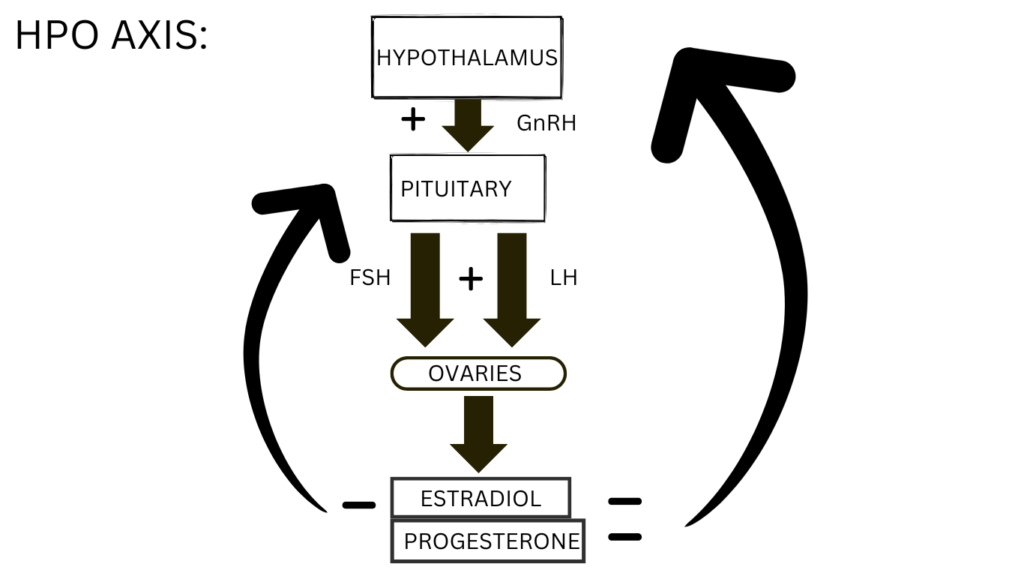
Imagine your body is like a finely tuned orchestra, and every part plays a crucial role in creating a beautiful symphony. Well, one of the star performers in this concert is ovulation – a fascinating process that happens in people with ovaries. But what exactly is ovulation, and why does it matter so much? Let’s dive into the wonderful world of biology to find out.
The Monthly Marvel: Ovulation 101
Ovulation is a bit like a monthly treasure hunt, but instead of searching for gold coins, your body releases an egg from one of the ovaries. This egg is tiny, smaller than a grain of sand, but it’s a key player in the human reproduction game.
Here’s how it works


- The Brain – Command Center: It all starts in your brain. The hypothalamus, a clever little part of your brain, sends a signal to the pituitary gland (think of it as the body’s master switchboard).
(The hypothalamus is a small but crucial part of the brain located below the thalamus. It regulates essential bodily functions, including hunger, thirst, body temperature, sleep, emotions, and hormone release by controlling the pituitary gland).
(The pituitary gland, often called the “master gland,” is a pea-shaped gland located at the base of the brain. It produces and releases hormones that regulate growth, metabolism, reproduction, and other endocrine glands like the thyroid and adrenal glands). - The Hormonal Handoff: The pituitary gland releases two important hormones: follicle-stimulating hormone (FSH) and luteinizing hormone (LH). These hormones travel through your bloodstream to your ovaries, where they get to work.
- Egg Prep School: Inside the ovaries are tiny sacs called follicles. Each follicle holds an immature egg. FSH encourages a few follicles to grow, but usually, only one becomes the star of the show.
- The Big Release: When the egg is ready, a surge of LH causes the follicle to burst open, releasing the egg. This is ovulation! The egg then begins its journey down the fallopian tube, hoping to meet a sperm for fertilization.
When Does Ovulation Happen?
Ovulation usually happens once a month, typically 14 days before the start of the next period. For many women, that’s around day 14 of a 28-day cycle. But here’s the twist: not everyone has a textbook-perfect cycle. Some cycles are shorter, some longer, and ovulation can vary. For example, in a 40-day menstrual cycle, ovulation would happen around day 26 (Day 1 is the first day your menses begins).
Here’s a breakdown:
- Cycle Length: 40 days
- Luteal Phase: The luteal phase (after ovulation) is usually 14 days.
- Ovulation Day: 40 – 14 = Day 26
Why Is Ovulation Important?

Ovulation is the key to reproduction. If a sperm meets the egg during its journey, fertilization can occur, leading to pregnancy. If no sperm is around, the egg simply dissolves, and the body resets for another cycle. The lining of the uterus, which had been preparing for a possible pregnancy, sheds – and that’s when a period occurs.
Fun Facts About Ovulation
- It’s Not Just for Babies: Ovulation isn’t only about making babies. It’s a sign of health. Regular ovulation means your hormones are likely balanced and your body is functioning well.
- The Egg’s Journey: Once released, an egg can survive for about 12 to 24 hours. That’s a short window for fertilization, but sperm are more patient and can wait around for up to five days.
- Body Clues: Some people can actually feel ovulation. This mild pain or cramping is called Mittelschmerz (a fancy German word for “middle pain”).
How Can You Track Ovulation?
If you’re curious about your ovulation, there are some cool ways to track it:
- Temperature Check: Your basal body temperature (the lowest temperature when you’re fully at rest) rises slightly after ovulation.
- Cervical Mucus: The fluid your cervix produces changes, becoming clear and stretchy (like egg whites) around ovulation.
- Ovulation Kits: These test your urine for the LH surge, giving you a heads-up that ovulation is near.
Ovulation Myths – Busted!
- Myth 1: Ovulation always happens on day 14. Nope! Cycles can vary, and so can ovulation.
- Myth 2: You can only get pregnant on the day of ovulation. While the egg lives for a short time, sperm can hang out for a few days, so the fertile window is about five to six days.
- Myth 3: Everyone feels ovulation. Not true! Many people don’t notice a thing.
Ovulation in Everyday Life
Understanding ovulation is like having a secret map to your body’s inner workings. Whether you’re planning for a family someday or just want to know more about your health, it’s worth paying attention to this amazing process.
So next time you think about the incredible things your body does every day, give a little cheer for ovulation – the egg-cellent adventure that’s happening behind the scenes!
You can check this post out for more about Ovulation Prediction kits: https://montanaobgyn.com/understanding-ovulation-prediction-kits-your-guide-to-tracking-fertility/

One Response